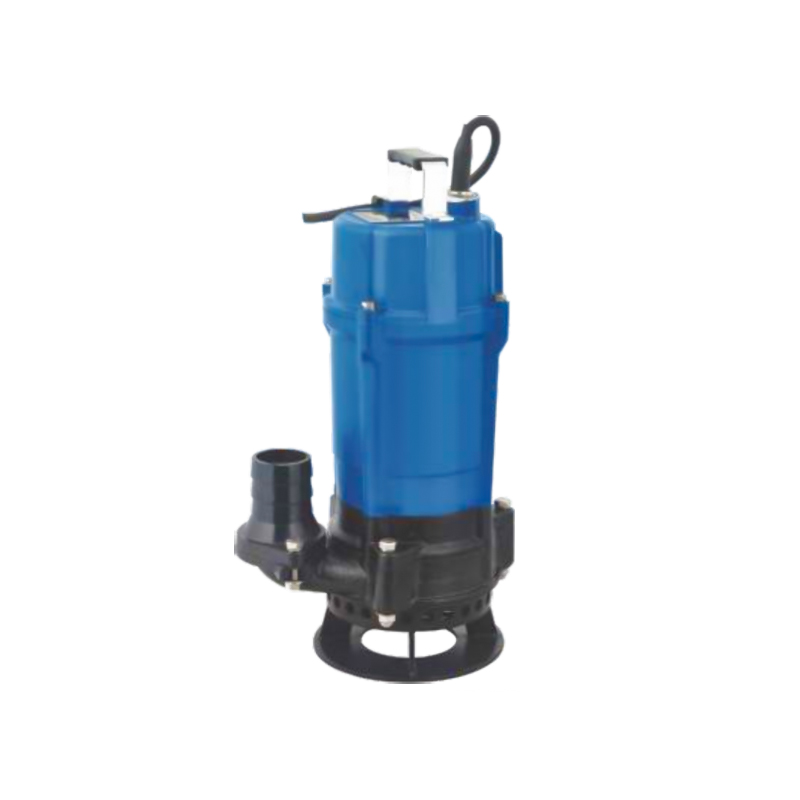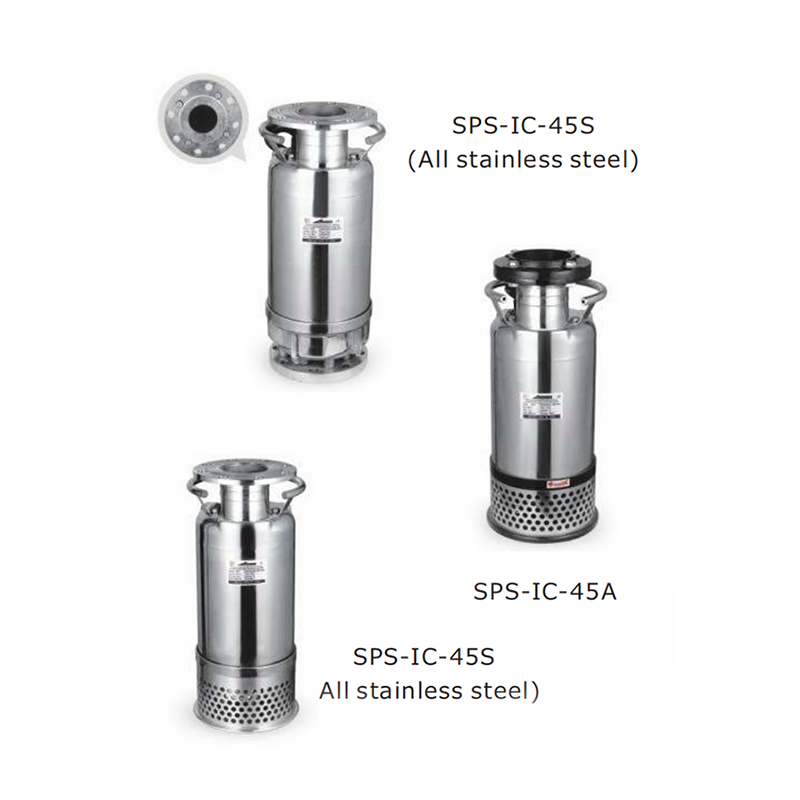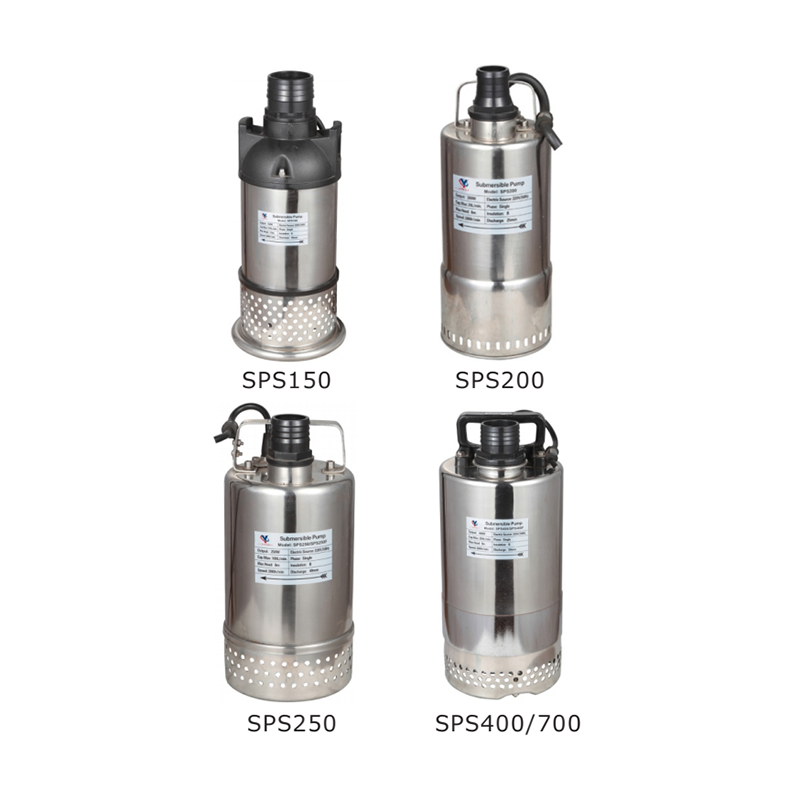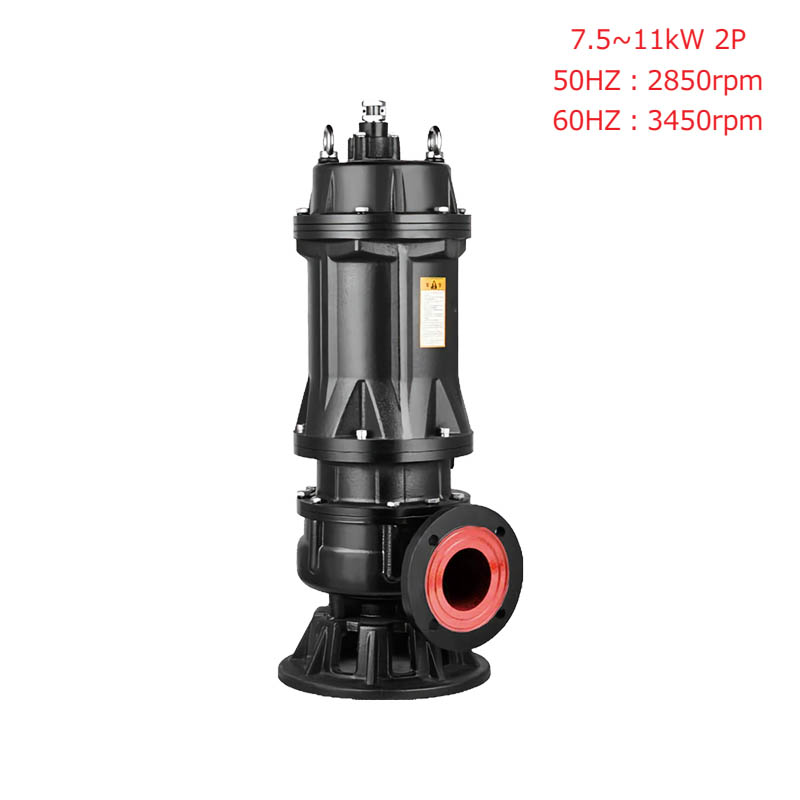The mining industry relies heavily on efficient and reliable pumping systems to manage water and slurry, ensuring that operations run smoothly and safely. Among the various pumps used, Mining Borehole Pumps and Mining Submersible Pumps are integral due to their specific design and functionality.
Mining Borehole Pumps, often referred to as deep well pumps, are designed to extract water from deep underground. Their structure is tailored to handle the harsh conditions typically found in mining environments. Key structural components include:
1. Pump Housing: The housing is usually made of high-grade materials such as stainless steel or cast iron to withstand the corrosive and abrasive nature of mining water.
2. Motor: Borehole pumps typically use a submersible motor that is hermetically sealed to prevent water ingress. These motors are designed for high efficiency and durability under continuous operation.
3. Impellers: Multi-stage impellers are common in borehole pumps. They are arranged in a vertical stack and work together to generate the necessary pressure to lift water from deep underground.
4. Shaft: A robust shaft connects the impellers to the motor, transmitting power efficiently. Shafts are often made from corrosion-resistant materials to enhance longevity.
5. Bearings and Seals: Bearings support the rotating components, while seals prevent water from entering critical parts of the pump, ensuring reliable operation.
Mining Borehole Pumps are vital in various mining operations, including:
1. Dewatering: These pumps are extensively used to dewater mines, keeping water levels manageable and ensuring safe working conditions.
2. Water Supply: They are also used to supply fresh water to mining sites, which is essential for both operational processes and the workforce.
3. Process Water Handling: Borehole pumps help in managing process water, which is used in mineral processing and other related activities.
4. Environmental Management: They play a role in controlling groundwater levels around mining sites, and preventing potential environmental issues.
Mining Submersible Pumps are designed to operate while fully submerged in water or slurry. They are built to handle the tough conditions found in mining environments, including high abrasiveness and corrosivity. Key components include:
1. Casing: The pump casing is made from durable materials like cast iron, stainless steel, or high-strength polymers. It protects the internal components and ensures the pump can withstand harsh conditions.
2. Motor: A submersible motor is integral to the pump's design. It is sealed to prevent water entry and is capable of operating under high pressure and in deep water.
3. Impeller: The impeller is designed to handle large volumes of water and slurry. It is typically made from high-chrome or stainless steel to resist wear and corrosion.
4. Seals and Gaskets: These components are crucial for preventing leaks and maintaining the integrity of the pump. High-quality mechanical seals and gaskets ensure long-lasting performance.
5. Strainer: Many submersible pumps are equipped with a strainer to prevent large particles from entering the pump and causing damage.
Mining Submersible Pumps are essential in various aspects of mining operations, such as:
1. Slurry Handling: They are used to pump slurry, which is a mixture of water and fine mineral particles, from mining operations to processing plants.
2. Flood Control: In cases of flooding, submersible pumps are deployed to quickly remove water, small downtime and potential damage.
3. Tailings Management: Submersible pumps are used to transport tailings, which are the waste materials left after the extraction of minerals, to designated storage areas.
4. Underground Mining: They are often used in underground mining operations to manage water ingress and ensure dry working conditions.
Mining Borehole Pumps and Mining Submersible Pumps are indispensable in the mining industry, each serving distinct but complementary roles. Borehole pumps are primarily used for dewatering, water supply, and environmental management, thanks to their ability to lift water from great depths. Submersible pumps, on the other hand, excel in slurry handling, flood control, and tailings management due to their robust design and capability to operate fully submerged.



 English
English русский
русский عربى
عربى







